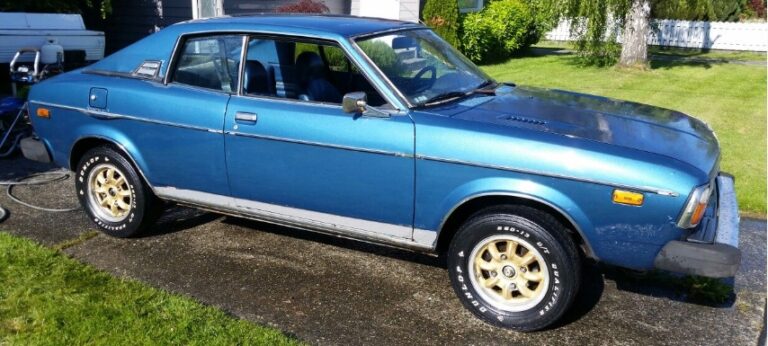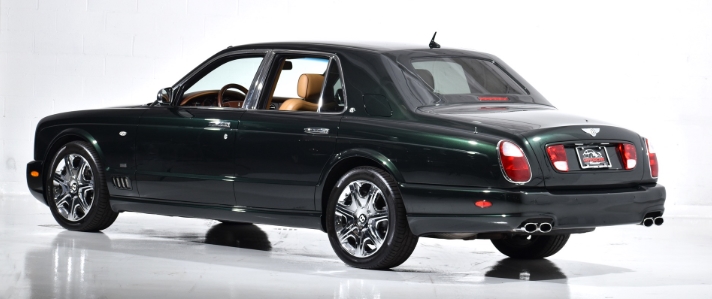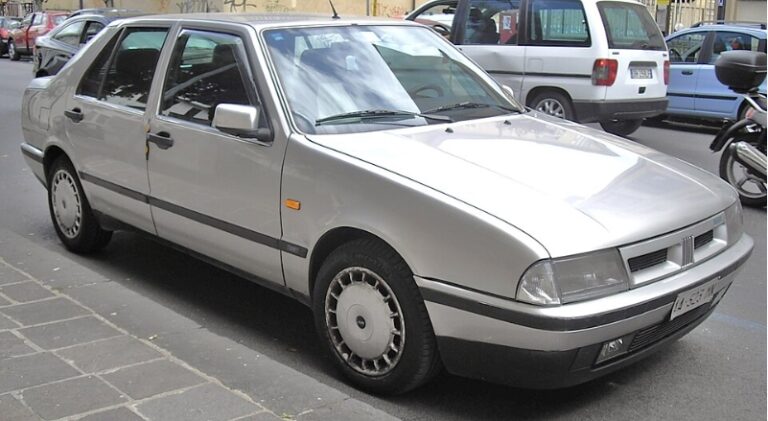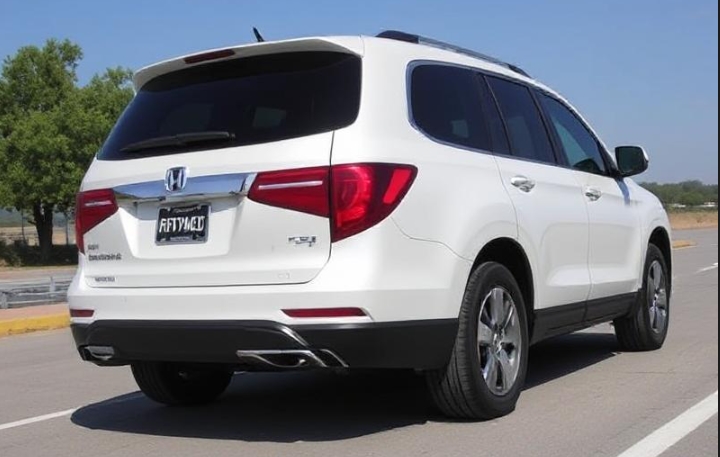The Evolution of the Lada Priora
The Lada Priora is a notable compact car produced by the Russian automaker AvtoVAZ, marking a significant chapter in the company’s history of manufacturing affordable and practical vehicles. Introduced as a successor to the Lada 110, the Priora was developed to modernize Lada’s lineup, offering improved design, comfort, and technological features tailored to both domestic and export markets. This article traces the evolution of the Lada Priora, detailing its production timeline, model variations, and trim levels from inception through its eventual discontinuation.
Introduction and Development (2007–2009)
The Lada Priora was officially announced in 2007 as a facelifted and more modern successor to the Lada 110 (Vaz 2110), which had been produced since 1995. The Priora was designed to align with global automotive standards while maintaining affordability, targeting the growing Russian market and neighboring countries.
Design and Engineering
Built on the GM-based VAZ-2112 platform, the Priora featured a contemporary exterior design with rounded edges, a more aerodynamic profile, and updated front and rear facades. The interior was also redesigned to improve ergonomics and comfort, with better materials and more modern dashboard layouts.
Production Timeline
- Start of Production: 2007
- Initial Models: Sedan, hatchback, and station wagon
The initial models shared a broad range of features, emphasizing value and reliability.
First Generation (2007/2008 – 2018)
The Lada Priora was produced continuously over a decade, with various updates and model variations introduced during its lifecycle. Its production spanned from 2007 until the official discontinuation in 2018.
Model Variants and Trim Levels
Throughout its production, the Priora was available in multiple body styles:
- Sedan (VAZ-2170)
- Hatchback (VAZ-2171)
- Station Wagon (VAZ-2172)
The models were offered with various trim levels, which evolved over time, often reflecting the technological and comfort features included.
Early Models (2007–2010)
Base Models
- Priora Standard: Basic trim with manual windows, minimal interior features.
- Priora Luxe: Introduced with upgraded interior, better trim, and optional air conditioning.
Engine Options
Initially, the Priora was equipped with:
- 1.6-liter SOHC gasoline engine producing approximately 87 horsepower
- 1.5-liter gasoline engine (for some markets)
- 1.6-liter carbureted or fuel-injected engines
Transmission Options
- 5-speed manual transmission
- 4-speed automatic (later models)
Features
Standard features included basic audio systems, manual windows, and simple interior trims. The Luxe trim added features such as power windows, better upholstery, and improved dashboard materials.
Mid-Generation Updates (2010–2014)
Facelift and Modernization
In 2010, the Priora received a significant facelift, which included:
- Redesigned front grille, headlights, and bumper
- Improved interior materials
- Introduction of modernized dashboards with digital displays in higher trims
- Enhanced safety features such as front airbags, ABS, and improved crash safety
Introduction of New Models and Trims
- Priora Standard: Basic features maintained
- Priora Luxe: Upgraded interior, better audio systems, optional climate control
- Priora Prestige: Top-tier trim with leather upholstery, alloy wheels, and additional comfort features
Engine and Transmission Updates
- The 1.6-liter engine remained standard; however, fuel efficiency was improved.
- A 1.8-liter engine was introduced in some markets, offering more power.
- Automatic transmission options expanded, including a 4-speed and later a 5-speed automatic.
Additional Variants
- Priora Cross: A crossover-styled version with increased ground clearance and rugged trim, aimed at urban SUV buyers.
Late-Generation Models (2014–2018)
Further Refinements
From 2014 onward, the Priora saw incremental updates:
- Slight exterior tweaks for modernity
- Enhanced safety features, including optional electronic stability control
- Introduction of more refined interior options, including improved infotainment systems in higher trims
- Special editions and limited models to boost appeal
Trim Levels in Later Years
- Priora Standard: Entry-level, basic features
- Priora Luxe: Mid-range with added comfort
- Priora Prestige: Top-end with premium features
- Priora Cross: Crossover-inspired variant
Powertrain Options
- Continued use of 1.6-liter and 1.8-liter gasoline engines
- Some markets saw the introduction of a 2.0-liter engine
- Manual and automatic transmissions remained available, with a focus on fuel economy and reliability
Special Editions
Limited editions such as the “Priora Sport” and “Priora Classic” featured sportier styling and retro-inspired elements.
.
We LOVE cars & cruising around, but sometimes day trips to explore new cities are required (with family or friends) for a spice of variety in your life!
So GO explore!
Cruises & Day/Night City Tours to: Baltimore, Boston, Chicago, Marina Del Ray, New York, Niagara, Philadelphia, San Diego, San Francisco, Toronto, Washington DC, etc.:

.
Discontinuation and Legacy (2018)
By 2018, the Lada Priora was phased out, replaced by newer models such as the Lada Vesta, which offered a more modern design, advanced safety features, and improved efficiency. The Priora’s legacy is characterized by its role as an affordable, reliable vehicle that served millions in Russia and other markets for over a decade.
Summary of Lada Priora Models and Trim Levels Over the Years
| Year Range | Body Styles | Common Trim Levels | Notable Features |
|---|---|---|---|
| 2007–2010 | Sedan, hatchback, station wagon | Standard, Luxe | Basic features, initial modern design |
| 2010–2014 | Sedan, hatchback, station wagon | Standard, Luxe, Prestige, Cross | Facelift, safety upgrades, new trims |
| 2014–2018 | Sedan, hatchback, station wagon | Standard, Luxe, Prestige, Cross, Sport, Classic | Incremental refinement, special editions |
Conclusion
The Lada Priora exemplifies the evolution of affordable Russian automobiles from utilitarian roots to modernized, comfortable vehicles suited for everyday use. Its production span from 2007 to 2018 reflects a decade of adaptation to changing market demands, safety standards, and technological advancements. Despite its discontinuation, the Priora remains an important chapter in AvtoVAZ’s history, showcasing how a vehicle can evolve to meet the needs of its users while maintaining affordability and reliability.







